Episode 33 – Lose Your Cool
First, you will need to download the Lose Your Cool lab manual.
It’s almost July, and things are heating up in many places across the world! This temperature increase is due to a number of factors, but how does the heat stick around?
This episode will explore radiation and the process of heat transfer. Heat is transferred from the bright gleaming ball in the sky, or the sun, into our atmosphere! This type of science is known as thermodynamics, which is the process of heat or energy transfer. How does this heat move across the planet? And why does it not escape? These questions and more will be explored in this episode.
Could the retention of heat be a problem? When humans are involved and altering the Earth as we know it, sadly yes. You may have heard of the term global warming, which is more commonly known now as climate change because as the Earth’s climate warms, many things change. These include an increase in natural disasters, excessive heat related deaths worldwide, and a drastic change in ecosystem dynamics which is causing extinction in species. Gases in the Earth’s atmosphere are further trapping this heat released from the sun and warming the atmosphere. These gases are released from many things (even from us breathing), however, the dangerous amount we see currently is largely due to the use of fossil fuels and other industrial processes. Reducing our use and dependancy on these types of energy is a step in the right direction! What ways can you reduce your energy use or take steps that help prevent the excessive release of fossil fuels and greenhouse gases into our atmosphere?
Saskatchewan Curriculum Connections: SE1.2: Explore how humans and animals use their senses to interact with their environment. AW2.1: Investigate properties of air and water (in all three states of matter) within their environment. AW2.2: Assess the importance of air and water for the health and survival of living things, including self, and the environment. WE5.2: Investigate local, national, and global weather conditions, including the role of air movement and solar energy transfer (b), (d), (g). HT7.3: Investigate principles and applications of heat transfer via the processes of conduction, convection, and radiation (a), (b), (c).
